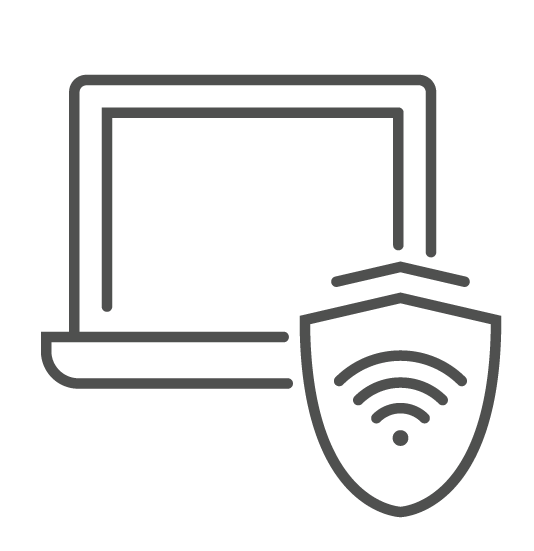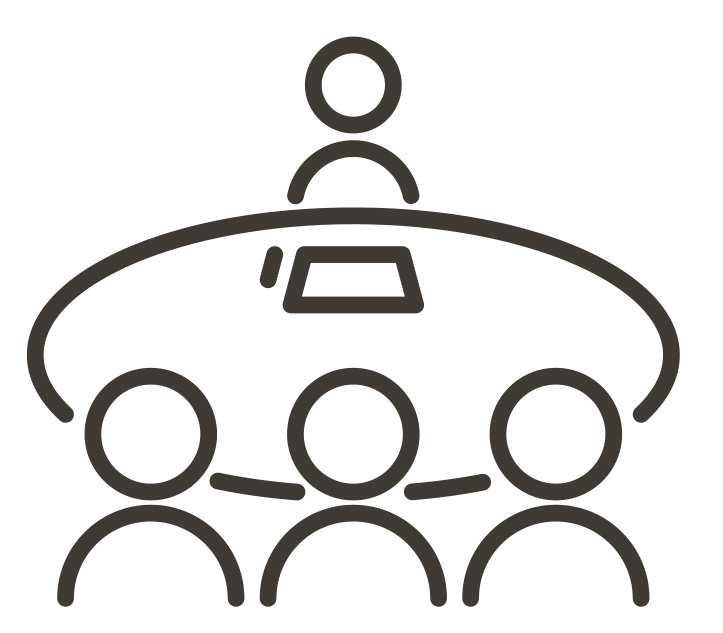This week has been… weird.
The onset of COVID-19 in the US has changed virtually every facet of our world, and it feels like it happened almost overnight. While taking care of your health, your family, and your mental health should be top priority, you are likely facing obstacles related to your nonprofit. How do you maintain productivity if employees can’t come into the office? How do I make sure payments are made on time? What are the long-term impacts of this global pandemic on your business? We may not have the answers to all of these questions, but here is what we do know: this too shall pass, and JMT is here to help – just like we always have been.
Today, we’re breaking down what nonprofits need to know and what small changes you can make to help move your organization forward if you’re facing unexpected changes related to the need to quarantine.

The Impact on Nonprofits
While it depends on the type of organization, many nonprofits will be facing new obstacles, such as canceling large conferences, live fundraising events, in-person training, or other events that would require person-to-person interaction. Organizations that provide in-person services, such as healthcare, schools, and social service organizations, will be hit especially hard as they attempt to navigate how to serve their communities while avoiding the risk of acquiring or further spreading the virus.

Establish a Plan for Working Remotely
While not all workers and industries are capable of completing their job requirements remotely, officials are urging as many people to stay at home as much as possible. If your nonprofit has never operated in a remote capacity this may seem daunting, but many meetings can be emails, phone calls, or video calls and employing systems like Google Meet, GoToMeeting, Zoom, Webex, or other video conferencing tools can help keep you connected to your colleagues while, most importantly, reducing the risk of in-office contagion. Several of these platforms are either free or offering free trials or promotions as a result of the increased need, so adding this technology doesn’t have to be a huge investment.
Messaging apps (ex. Slack, Google Hangouts), project management software (ex. Asana), and other Cloud-based documentation platforms (ex. Google Drive, OneNote) can also increase communication and collaboration across teams, whether in or out of the office. Additionally, clearly communicating expected work hours can increase the availability of staff across the organization.
Lastly, while not possible in all cases, you can mitigate risk by allowing employees to only use work computers rather than personal ones in the office and at home.
(If you need to move your workforce to a remote setting but aren’t sure where to start, let our consultants help. We’re experts in these technologies (and have been utilizing them to connect our semi-remote workforce for years), and would be happy to walk you through small steps you can take now to help maintain productivity from outside the office.)

Working Remote with On-Premise Solutions
Cloud solutions are becoming more common, which can simplify the process of working in the office or at home. Not all organizations have migrated to the cloud, though, and may need a secure way to access their systems remotely using a virtual private network (VPN). A VPN grants safety, convenience, and privacy for remote internet work access, but often only supports a small portion of employees logging in remotely. If you find you’ve reached the limit of how many users can connect using the same VPN, acquiring more licenses will allow more employees to connect from home.
(If you are finding that your current non-Cloud setup is hindering your productivity and processes, let us help you look into options that can help.)

Electronic Billing without AP Automation
If your organization has not acquired AP automation software but needs a quick solution to process bills electronically, start by setting up a dedicated email account (ex. apbills@yourorganization.org) through which to funnel invoices. Reach out to all your vendors requesting that bills be sent to that email address and have the account managed by a single person or team.
(This is a great start, but if you’re looking for a more automated solution we have a partner that can help.)

Expect a Slowdown, but Stay Engaged with the Donors and Your Community
While fundraising and communication won’t look the same, you can adapt and brainstorm new ways to connect with donors and motivate community participation. Just as in past recessions, some donors may hold off when the stock market is on shaky ground, but focusing on remaining engaged and nurturing relationships will result in more committed donors in the long run. Don’t forget that while traveling and live gatherings may not be an option, many people are only a phone call or email away!

Educate Yourself and Plan for the Future
Take this time as an opportunity to learn. Subscribe to your state nonprofit association’s newsletter to stay in-the-know about current events impacting organizations in your area, and follow updates from the CDC. Take an online course or find educational webinars or videos that can help you address questions you may have about COVID-19 impacts while preparing for future events, such as What Now? Business Continuity & Disaster Recovery with Joshua Peskay.
While it is unknown exactly when live events and community activities will commence, try your best to practice optimism: you may find yourself with more time to plan ahead for educational or fundraising events you can host in the future, and the opportunity to make them better than ever before. Plus, with this slowdown comes a chance to thoroughly plan for the future of your organization and how you see the mission and services expanding over the coming years.

Take Part in Public Discourse and Decision Making
While the total impact is still unknown, nonprofit organizations will be uniquely affected. It is important to make sure that government decisions take into consideration the nonprofit sector and the communities it serves. This letter to Congress was sent by the National Council of Nonprofits, along with 34 other national nonprofits, and outlines why nonprofits must be included in a Covid-19 relief and economic stimulus package.

Important Resources for Nonprofits
The global impact COVID-19 is having is fluid, and seems to be evolving minute-by-minute. Here are a few resources we have been keeping up with that you might find helpful, too!
- Coronavirus Disease 2019 (COVID-19) – Centers for Disease Control and Prevention
- Coronavirus disease (COVID-19) outbreak – World Health Organization
- The Nonprofit Community Confronts the Coronavirus – National Council of Nonprofits
- What do HR Managers Need to Know About Telecommuting and Employment Law? – Human Resources MBA
- CDC Foundation Has Covid-19 Guidelines for Nonprofits – The Nonprofit Times
JMT Consulting is far more than just a technology provider. We have worked exclusively with nonprofits since 1991 and we know these organizations inside and out. While the COVID-19 situation might seem unprecedented, we have helped nonprofits navigate uncharted waters following disruption and we can help yours navigate this one, too. Whether you need help migrating to a remote-style workforce, evaluating current business processes, or help analyzing the long-term efficiency of your current setup, JMT can help.
